Can a paper printed chessboard affect camera calibration?
In calibrating my camera, I used a paper printed chessboard. I guess because of the nature of the paper, it is not "perfect" since there will be some crumples/wrinkles. In 15 images that I have used, below are 3 of the examples of the original image, and its undistorted version.
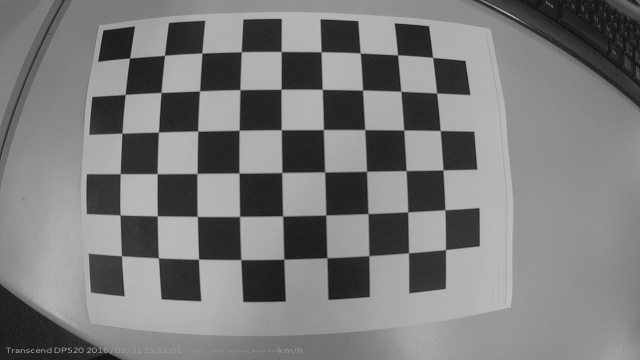
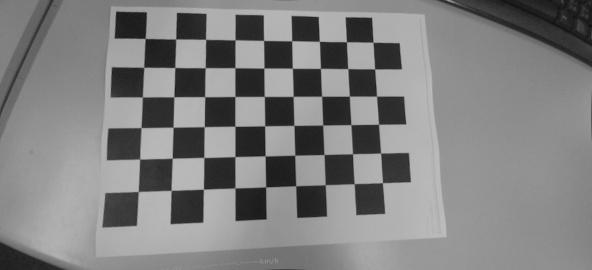
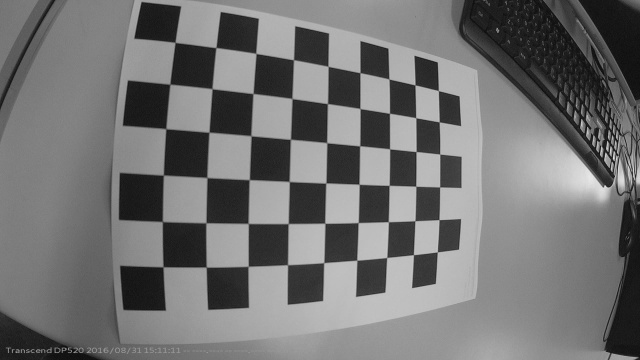
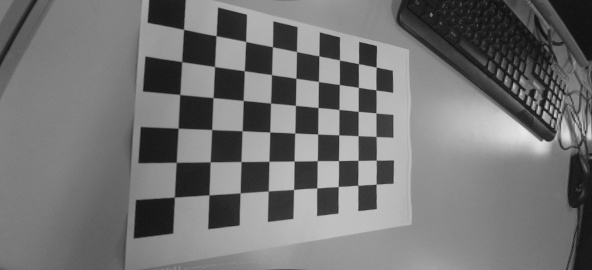
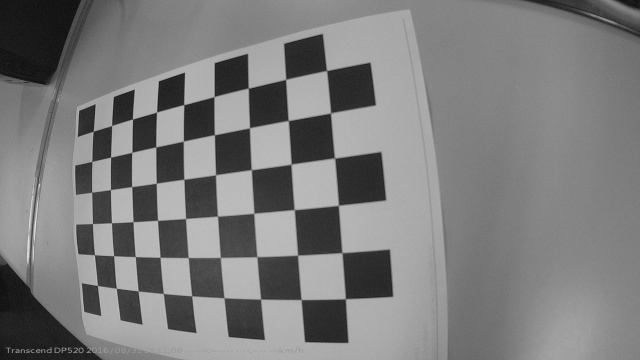
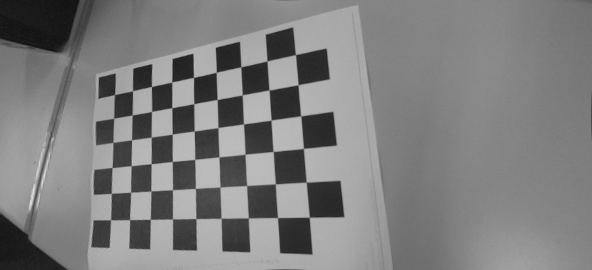
As you can see, there are some wrinkles at the paper (especially at the edge). Can this somehow greatly affects the camera matrix and distortion coefficients that will be calculated, or I am just being overly paranoid here?
Thanks.


" I am just being overly paranoid here?" - not so, imho.
yes, creaks and wrinkles will affect your calibration, so try to glue your paper sheet onto something straight.
(also, it should have a ~1square white border on the top/left side)
For more details refer this nice answer http://stackoverflow.com/questions/12...
You may also keep in mind that the printer itself will also affect the square size. Meaning that when your square should be 4x4mm it may be sometimes 3.9x4mm sometimes 3.85x3.9mm usw. If it should be accuracte i suggest the solution FooBar mentioned.
imho it needs more white "space" at those borders.
He's suggesting more white space as a 'buffer' around the edges as it can make the corner-finding algorithm more robust. If there's not enough white at the edges, the corner-finding may fail sometimes. But it's mainly a robustness issue; if your corners are being detected at all (seems like they are), then probably it's not affecting the accuracy as such. It's just that in future, it's better to have more white to guarantee that the corners will be detected in most conditions.
thanks, @AJW, exactly.